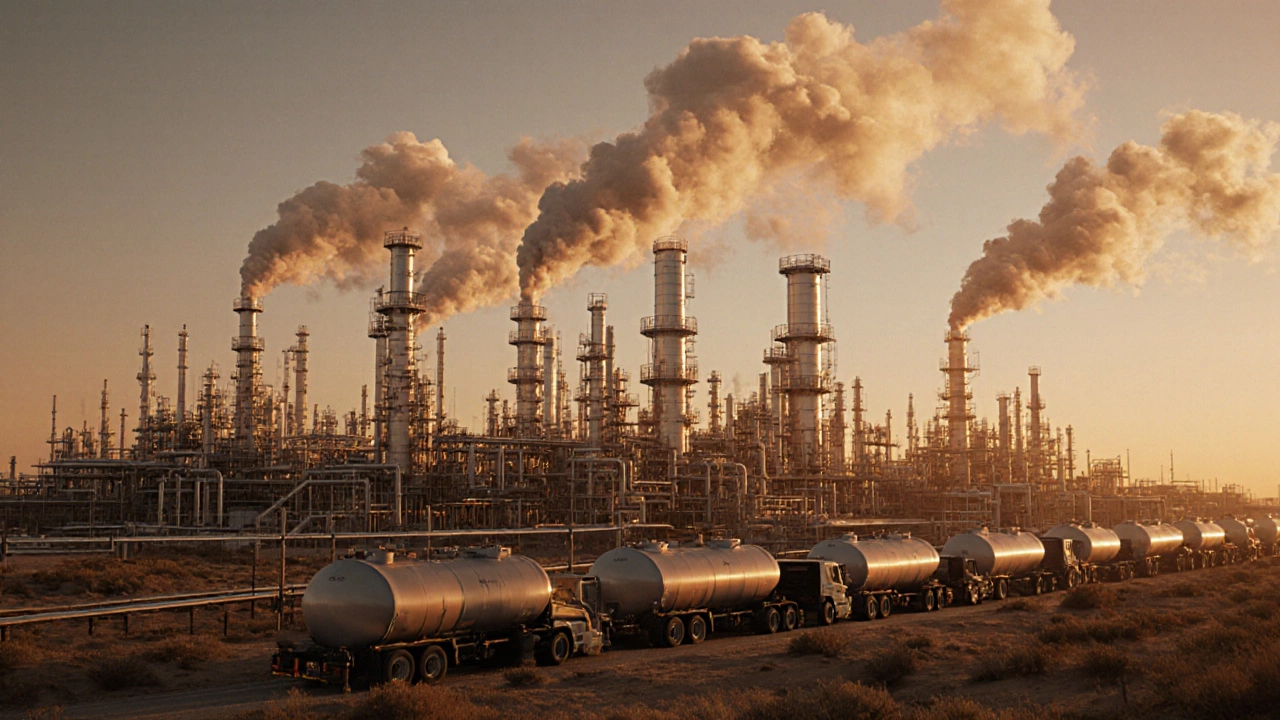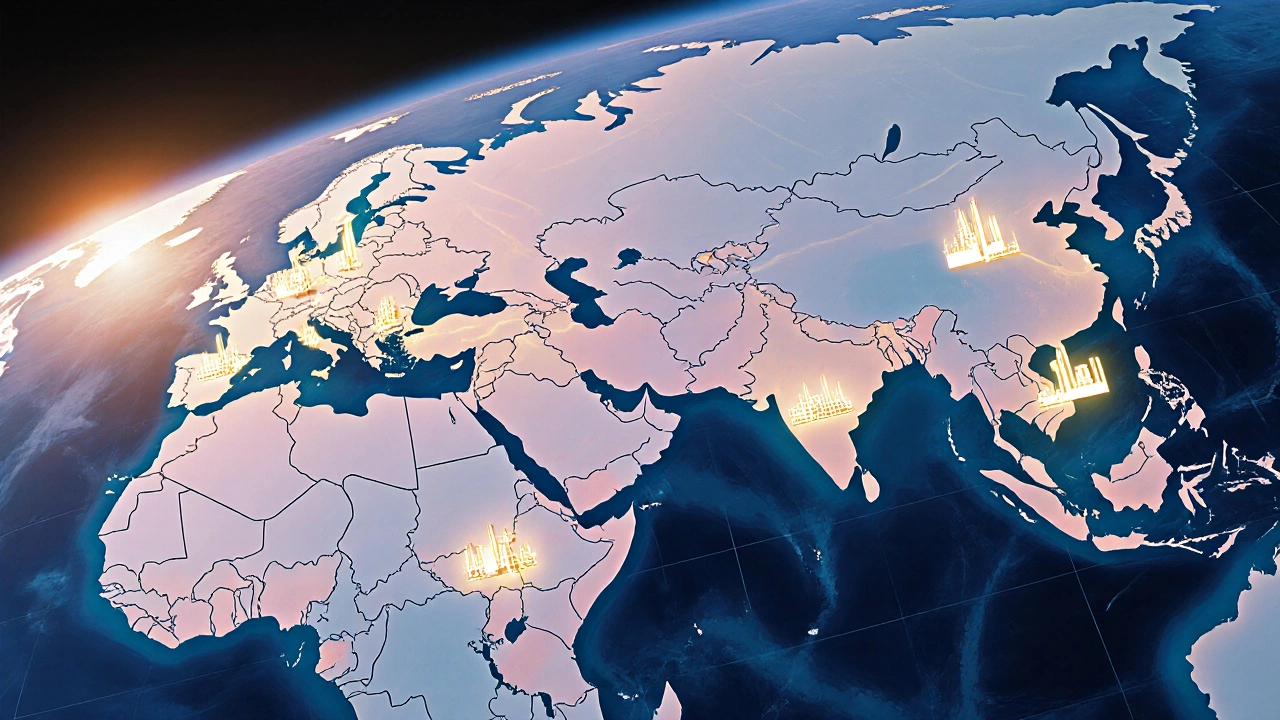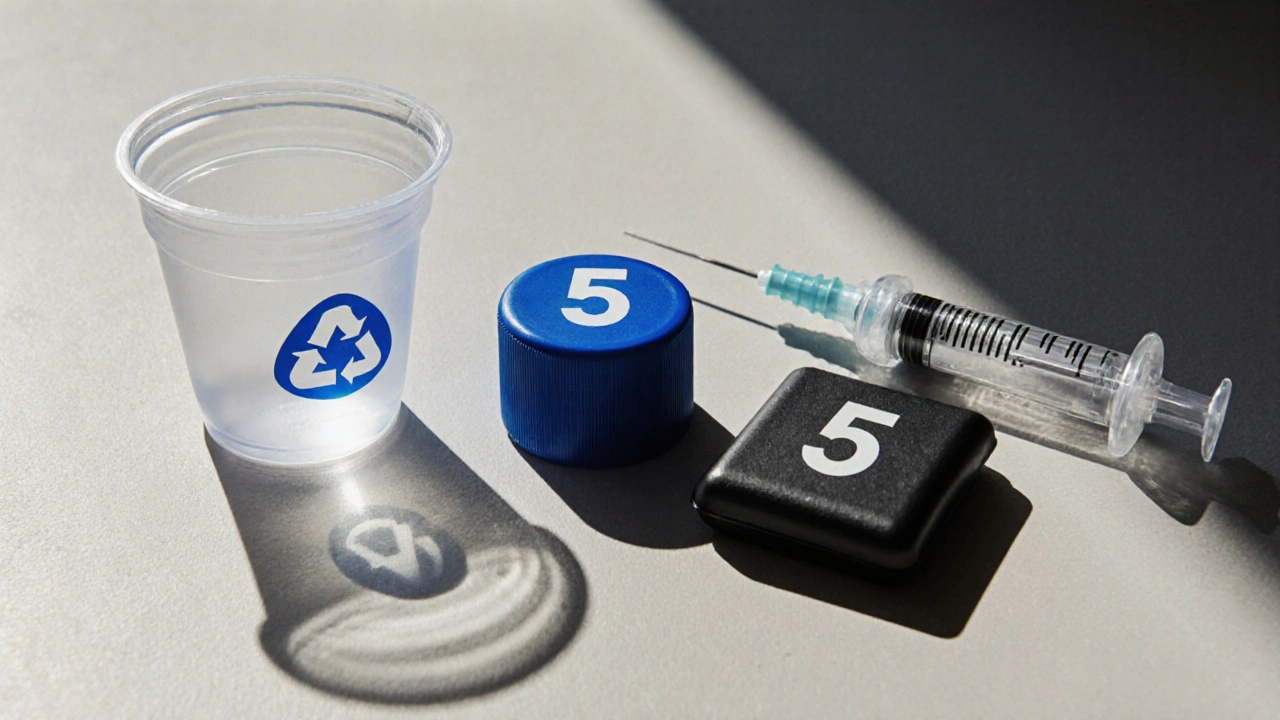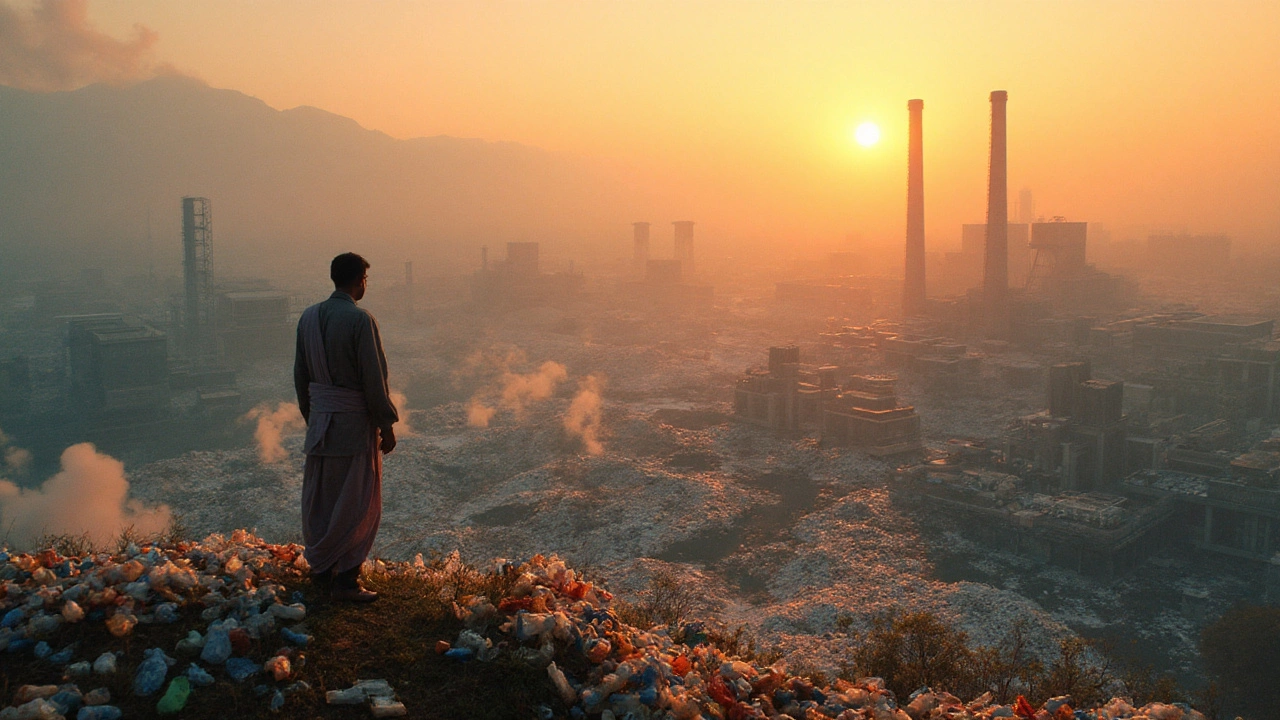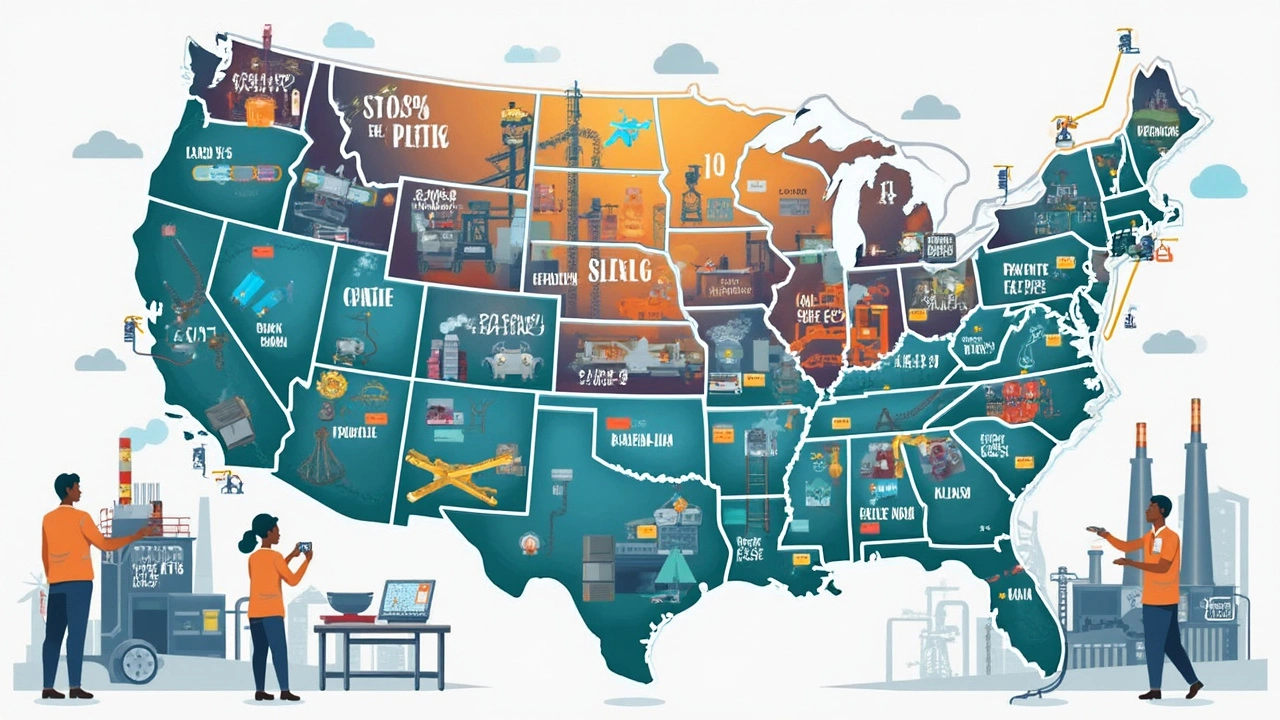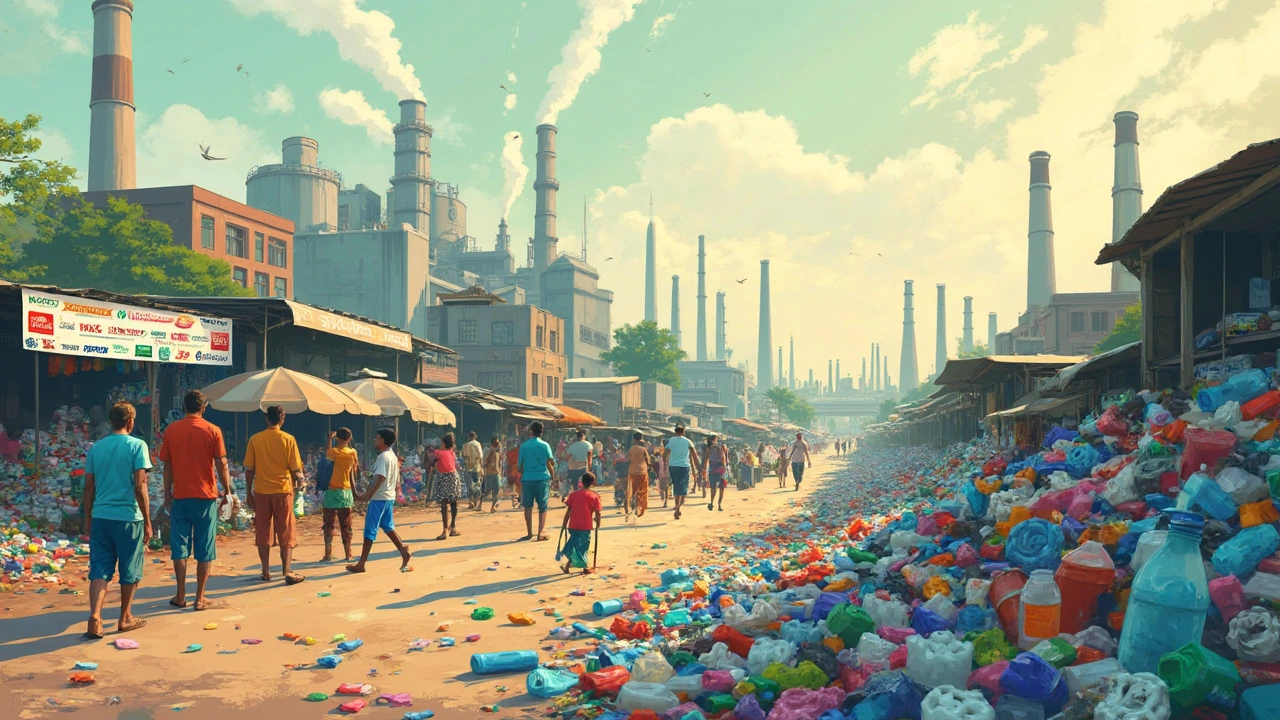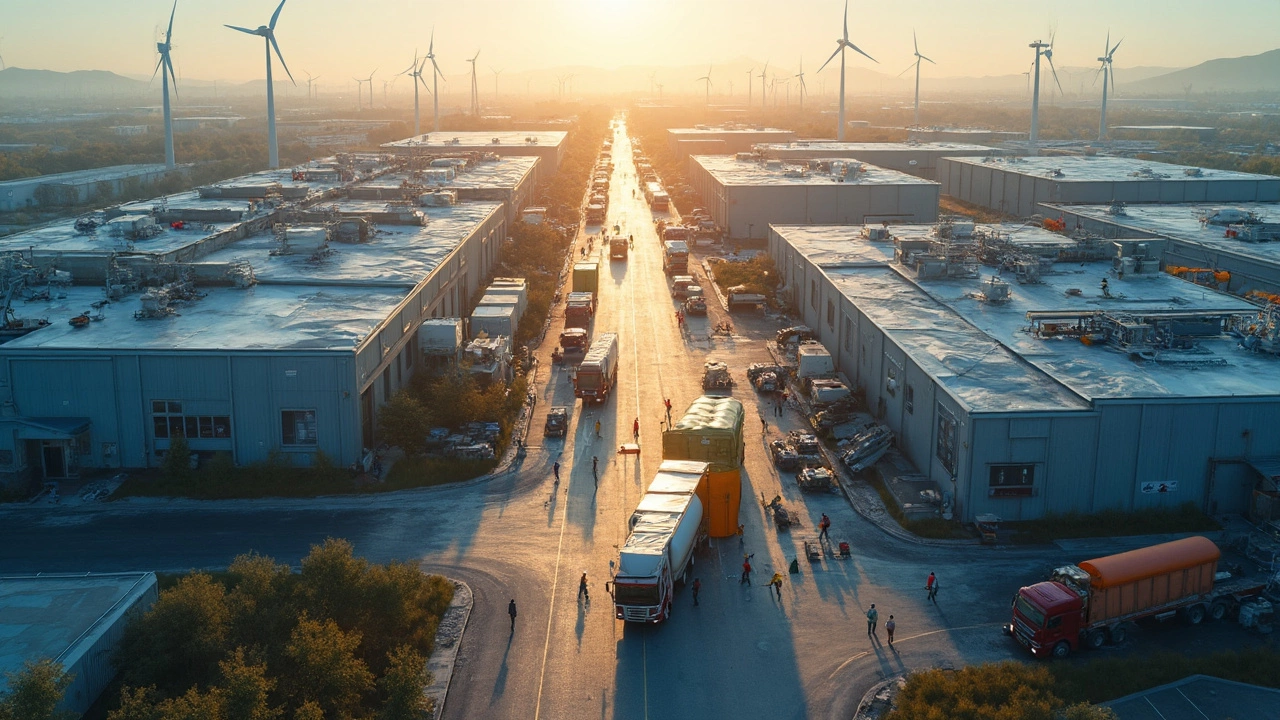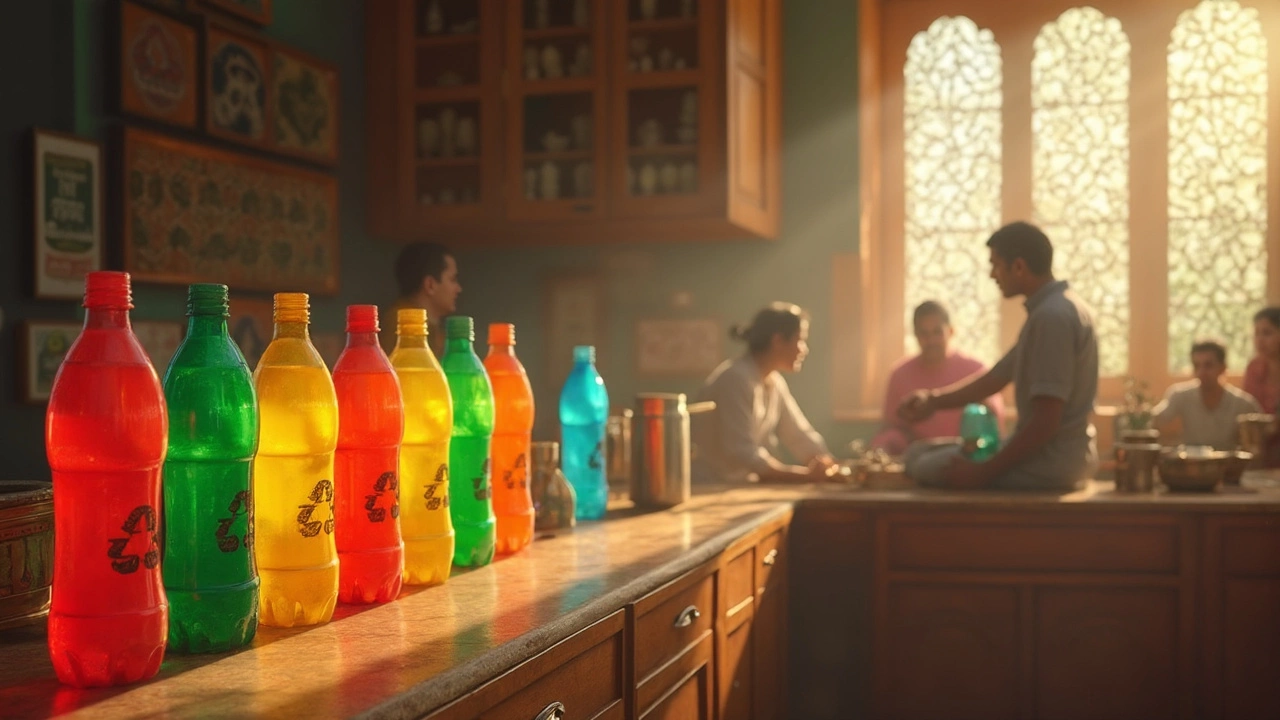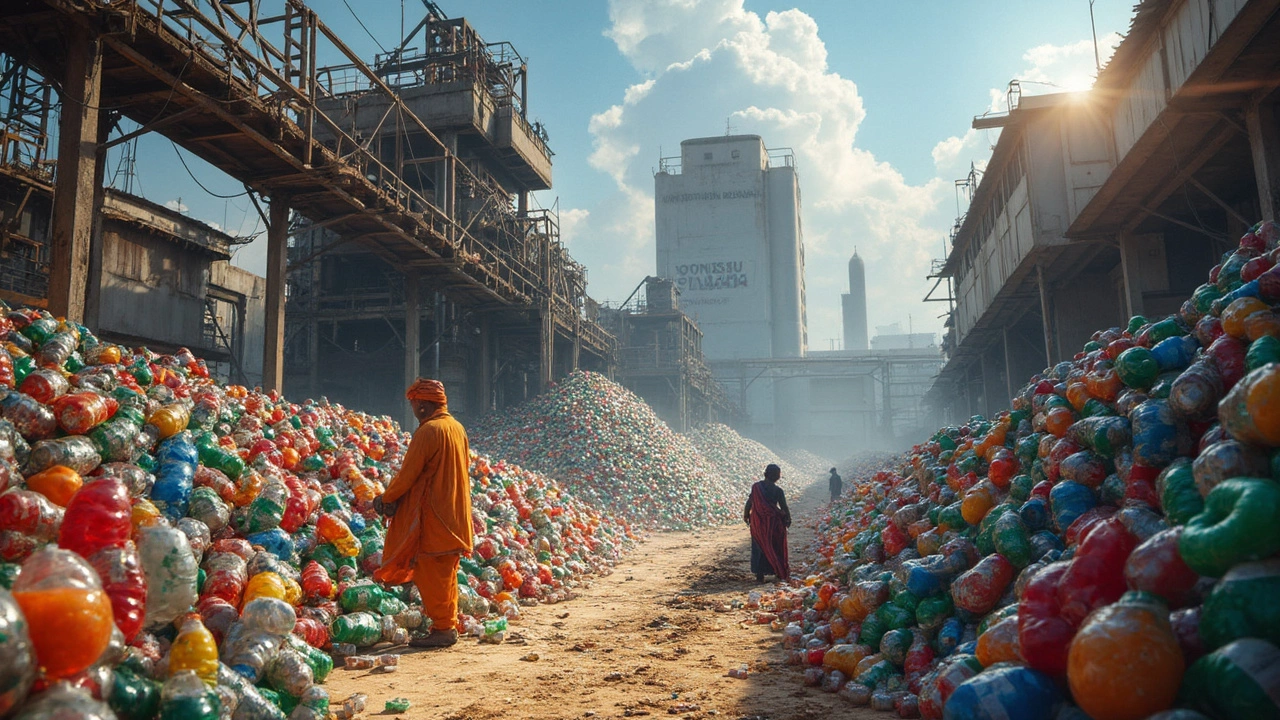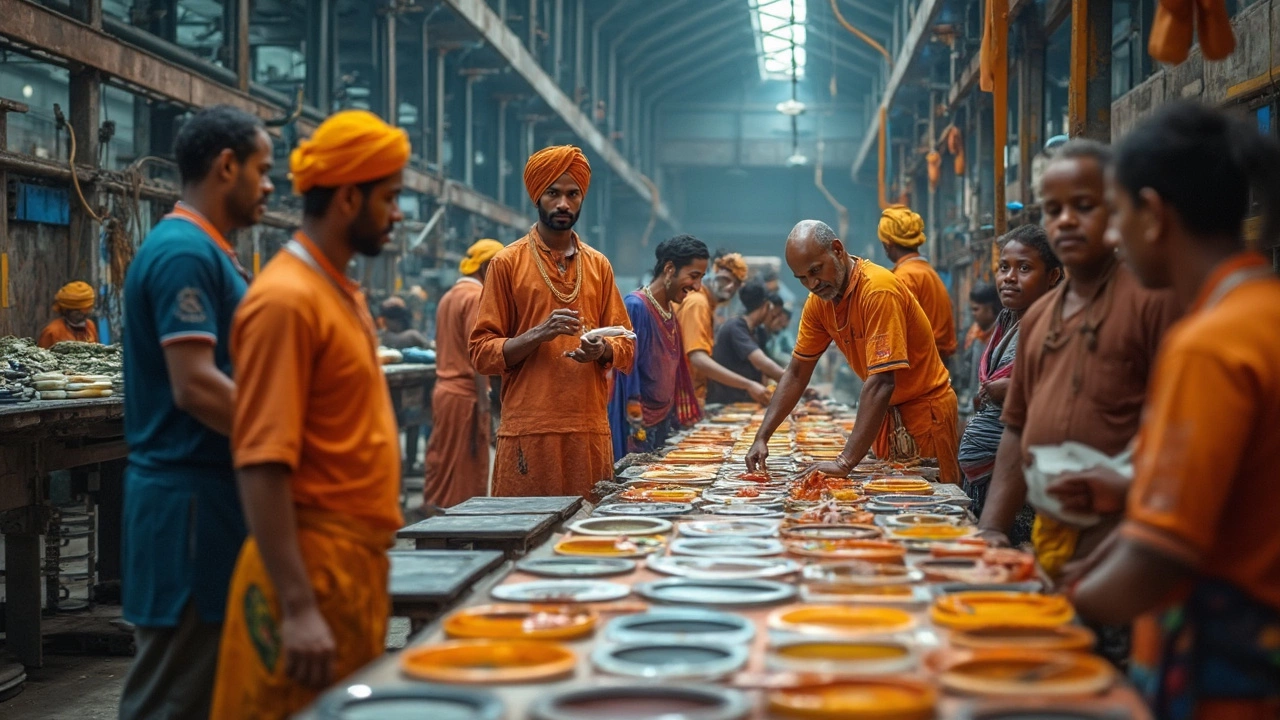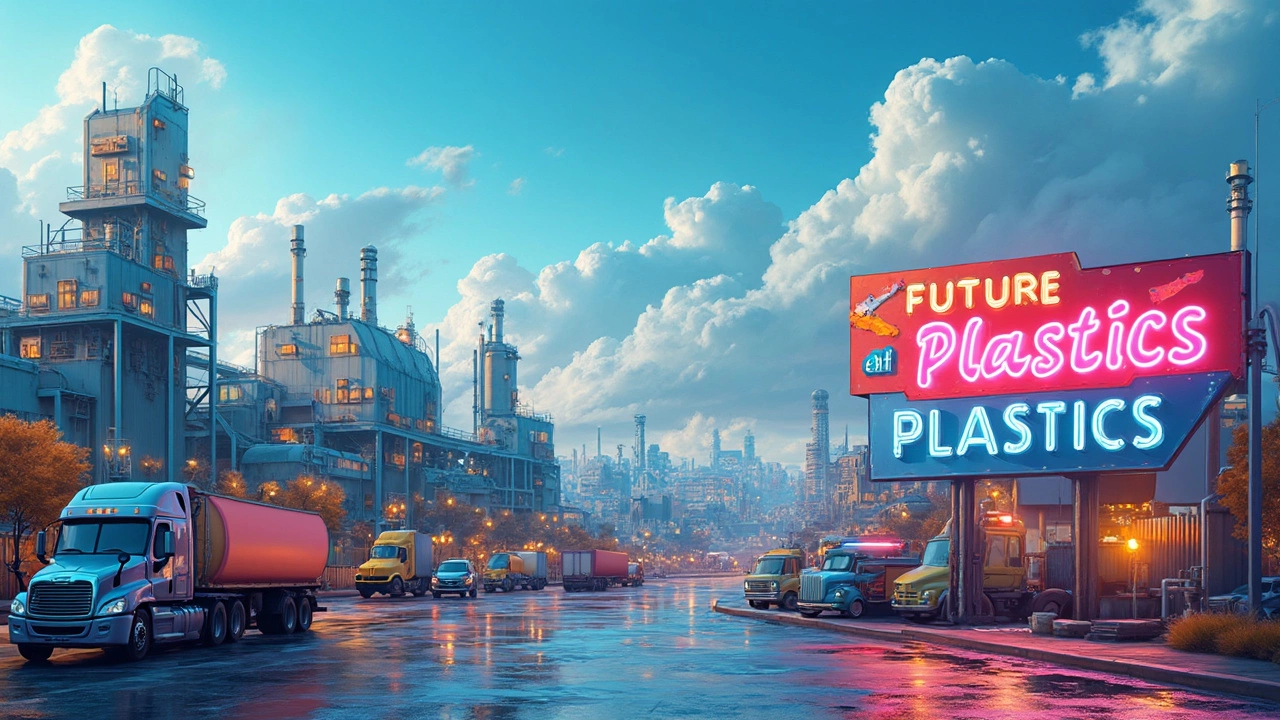Plastic Manufacturing – Trends, Top Producers, and What It Means for You
When you pick up a water bottle or a grocery bag, you’re holding the result of a massive global network of plastic factories. Those factories don’t just pop up overnight; they’re part of an industry that churns out millions of tons of polymer every year. In this guide we’ll break down who’s making the most plastic, which types are hot right now, and why the numbers matter to everyday folks.
Who’s Making the Most Plastic?
Big names dominate the scene. Companies like ExxonMobil, Dow, and Sinopec control a huge share of global production. They own sprawling plants that turn raw oil into polyethylene, polypropylene, PET, and a host of other polymers. In the United States, the picture is similar: states such as Texas, Ohio, and Pennsylvania host clusters of facilities that supply everything from automotive parts to food‑grade containers. If you ever wondered where the “number 1” you see on a PET bottle comes from, it’s basically a code that points back to a specific type of plastic—polyethylene terephthalate—produced by these major players.
For those curious about the geography, a recent map of American plastic manufacturing highlights hubs in the Gulf Coast for low‑density polyethylene and in the Midwest for high‑impact engineering plastics. Knowing where the material originates can help businesses chase local suppliers, reduce shipping costs, and cut carbon footprints.
What Types of Plastic Are in Demand?
Not all plastics are created equal. Right now, the market favors materials that balance durability with recyclability. Polypropylene (PP) tops the list for packaging because it’s cheap, strong, and easier to recycle than many alternatives. PET remains king for beverage bottles thanks to its clarity and lightweight nature. Meanwhile, engineers are gravitating toward high‑performance polymers like PEEK and PA12 for aerospace and medical devices because they can handle heat and stress without breaking down.
Environmental pressure is also shifting demand. Brands are chasing bio‑based plastics—like PLA made from corn starch—or recycled PET (rPET) to showcase greener credentials. Even traditional manufacturers are investing in circular‑economy projects, turning waste back into feedstock for new products.
If you’re a small business looking to source plastic, start by asking suppliers about the resin code, recycled content, and any certifications they hold. Those details can save you money on material costs and help you meet sustainability goals.
Beyond the factories, the ripple effects reach our oceans. Studies show that a handful of countries and companies are responsible for a large chunk of plastic that ends up in marine environments. Understanding which producers contribute most to pollution can guide policy and consumer choices. For example, opting for products made from recyclable or biodegradable plastics reduces the load on waste streams and lowers the chance of debris drifting into the sea.
So, what can you do right now? First, check the recycle symbol on the items you buy—look for numbers 1 (PET) and 2 (HDPE) as they’re the easiest to process. Second, support brands that disclose their supply chain and use recycled content. Finally, consider reusing containers whenever possible; many PET bottles can safely handle a few washes before they need to be recycled.
Plastic manufacturing isn’t going away, but the industry is at a crossroads. With growing consumer awareness and stricter regulations, we’re seeing a shift toward cleaner production methods and more responsible sourcing. Keeping an eye on who’s making the plastic, what kinds are in demand, and how they impact the planet puts you in a better position to make smarter choices—whether you’re a buyer, a supplier, or just an everyday shopper.

Where Do the Raw Materials for Making Most Plastics Come From?
Most plastic comes from oil and natural gas, not trees or plants. Learn where the raw materials for plastic are sourced, how they're turned into everyday items, and why recycling isn't fixing the problem.

Top Plastic Manufacturers Worldwide - Who Makes Plastic?
Discover the leading global plastic manufacturers, their main products, regional reach, and how to choose the right partner for your plastic needs.

Code 5 Plastic Explained: Uses, Recycling & Safety
Learn what code 5 plastic (polypropylene) is, its key properties, common uses, recycling challenges, safety facts, and tips for proper disposal.

Who Is the Largest Producer of Single-Use Plastic? - Global Rankings & Impact
Discover why China tops the list as the biggest single-use plastic producer, explore the data behind global output, and learn what it means for waste and policy.

Top Countries Polluting the Ocean with Plastic: Shocking Data & What You Should Know
Uncover which countries dump the most plastic into the oceans, see worldwide stats, and find real tips on fighting plastic waste right now.

Where is Plastic Made in the US? Your Map to American Plastic Manufacturing
Ever wondered where all the plastic items you use every day actually come from? This article maps out the main hubs for plastic manufacturing in the US, shining a light on the states and cities that shape the plastic industry. You’ll learn what types of plastics get made where, discover some big-name companies behind your household goods, and pick up tips for connecting with local suppliers. Get ready to see the everyday plastic around you in a totally new way.

Plastic Manufacturing Companies: Who Makes the Most Plastic?
This article uncovers which companies are behind the bulk of global plastic production. It dives into the biggest names in the industry, the real impact they're having, and how their products end up in everyday life. Find out some eye-opening facts about plastic waste and learn practical tips you can use to avoid products made by top plastic polluters. Packed with information you don’t usually see in basic news stories, this guide gives real-world insight for anyone curious about where all the plastic is coming from.

How Many Plastic Factories Are There in the US? A Real Look at the Numbers
Curious about how many plastic factories you’ll find in the United States? This article breaks down the real numbers, showing where most plastic products come from. Get interesting facts about what these factories make and the trends shaping the industry. Find tips on spotting reputable manufacturers or starting your own business. Whether you’re in the industry or just interested in American manufacturing, this piece covers what you need to know.

What is the Number 1 Under Plastic Bottles? Breaking Down the Meaning and Impact
Ever noticed the number 1 stamped under most plastic bottles? This article unpacks what that number really means, which plastic it points to, and why it matters for recycling and your health. We'll explore which products use this plastic, how it's made by manufacturers, and whether it's safe to reuse. If you've ever wondered if it’s recyclable or how it impacts the environment, you’ll get those answers here, plus practical tips so you can make smarter choices.

Which Company Produces the Most Plastic Bottles?
Plastic bottles are everywhere, but have you ever wondered which company is behind the bulk of this global production? This article dives into the giants of the plastic bottle industry. Learn about the scale of their production, the environmental impact, and what they are doing—or not doing—to manage plastic waste better. Get ready for some surprising insights and practical tips on how to reduce your plastic footprint.

Most In-Demand Plastics in Manufacturing Today
The article explores the types of plastics currently in high demand in the manufacturing sector. It examines market trends, focusing on why certain plastics are favored due to factors like durability, cost, and recyclability. Whether it's because of environmental concerns or evolving technological capabilities, understanding which plastics are trending can help companies make informed production decisions. Insights and practical tips are given for businesses to align with current demand.

How Many Plastic Companies Are There in the US?
Ever wondered just how many plastic companies are buzzing around in the US? The plastic manufacturing industry is vast and constantly evolving, catering to an endless array of needs from packaging to tech. This article dives into the sheer number of these companies and what they mean for the economy. Explore some interesting facts and useful tips to understand their role and reach across America.
